By Josh Watkins
Walking into a Fear the Queer (FTQ) show is like being transported into a world of queer fantasy and fiction. The music is loud, the lights are dimmed, and the boundaries of drag and art are being pushed and pulled in every direction. Self–described as “a perfectly peculiar posse of performers,” “an incubator of talent,” and “a safe haven for the alternative subculture, within a subculture,” FTQ came out swinging when they launched last August.
Created and hosted by Grhey Veles (also known as Vivian Grhey), FTQ’s initial iterations were designed to embody the alternative and raunchy sides of drag. Veles, who went to college in San Francisco, reflects on the awe he felt attending his first gay bars in the Bay Area. When he moved back to Houston and began getting involved in city’s queer community, however, he failed to find the same scene that inspired him in San Francisco. “Over there, one of my biggest mind openers was being at a really dark leather bar, and then a drag show would start,” Veles explains. “So I’ve taken pieces of that and other experiences like that in other cities and tried to create something similar.”
Underwhelmed with Houston’s traditional gay bar scene, Veles found himself, as a queer person, frequenting non-queer bars—and often found many queer people in these same spaces. “Our gay bars in Houston are really boxed up for a specific type of person,” Veles shares. Seeking a place in which they could feel comfortable, these like-minded queer folks became Veles’ target audience for FTQ.
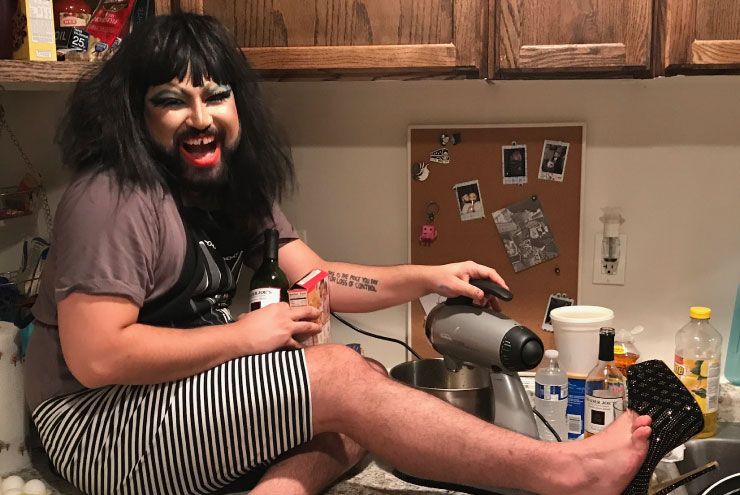
“[There’s] an overload of people thanking me and writing messages, thanking us for the show and safe space.” -Grhey Veles (aka Vivian Grhey)
The show was initially started primarily by word-of-mouth and a sharing of ideas. For at least a year before FTQ’s launch, Veles discussed his desire to create a true queer space with the fellow patrons at Numbers Night Club, where he regularly frequented. His vision was to create a place to dance and party the way he wanted to dance and party. “So after about a year of talking about it, people would come talk to me about it and ask what the updates were on it, like they actually expected me to do it!” Veles laughs. “So, I started reaching out to parties in different cities for help and they were very open to it. They helped guide me in the right direction in knowing Houstonians who already sort of do this kind of work. And most of them were people I knew from Numbers!”
Veles gathered this group of performers and pitched the concept, which many were already familiar with. Veles’ idea was met with much enthusiasm and many of those founding performers are still involved with the show today: Post Modern Sleaze, Dayne, Barbara Coa, and Xavier Zuniga Garza.
While FTQ makes strides to create a safe space for queer folks, the show faces constant comparison to the drag queens and gay scene of Montrose, Houston’s historical gayborhood. “When I start putting on makeup, all of these different insecurities come out,” Veles says. “One of them, for some reason, is trying to be pretty. I’ll sit there for like three hours and not feel pretty enough. And then I’m like, this is my show and I don’t give a fuck. So I think that’s one of the things that differentiates us [from the Montrose drag scene]. I don’t think that any of us are trying to be beautiful or pretty or trying to do the best new song.”
Veles also emphasizes how FTQ is constantly pushing the boundaries of drag—and the important role that plays in dismantling gender norms. He recalls, as a child, being scolded and shamed by a Walgreens cashier for trying to buy a Dr. Pepper chapstick because that flavor “was for girls.”“When I was younger, I was always drawn to the beauty sections of stores and I always felt like I was being looked at,” he says. “But that one specific instance at Walgreens really traumatized me and stuck with me.”
FTQ has received overwhelming support from the community thus far, and that response has energized Veles “to want to do this more, bigger, and better.” “Our first show, everyone came up to me and shook my hand,” he says. “I got a few thank yous. The second show, someone came up to me and told me it felt like they were at a bar in San Francisco. And I was just like, holy cow, you hit it on the nail! That’s exactly what I wanted. Now it’s just an overload of people thanking me and writing messages, thanking us for the show and safe space.”
Veles hopes to reveal FTQ’s big plans for the show’s future soon, but for now, teases the potential of booking performers from similar parties and collectives around the country. He points out that Houston is still quite conservative and bringing in out-of-town queens could help foster more eccentricity within the city. “Just like Houston is diverse, I feel like Fear The Queer is really diverse and I want it to be diverse,” Veles says.
For more information on Fear the Queer’s monthly events, visit facebook.com/fearthequeerHTX.


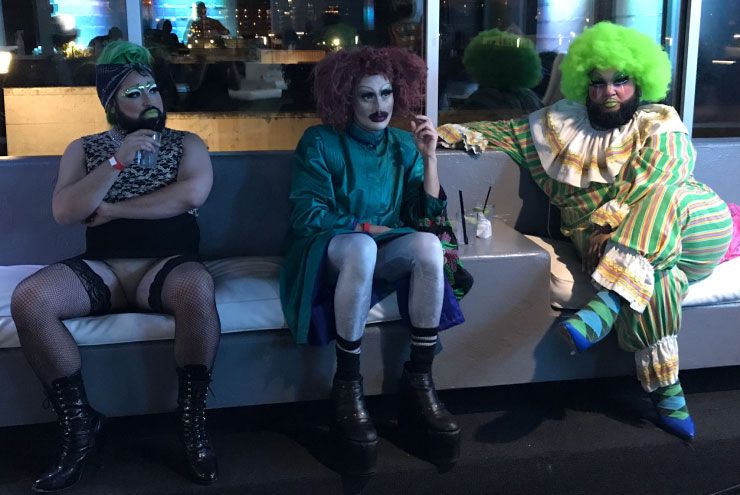
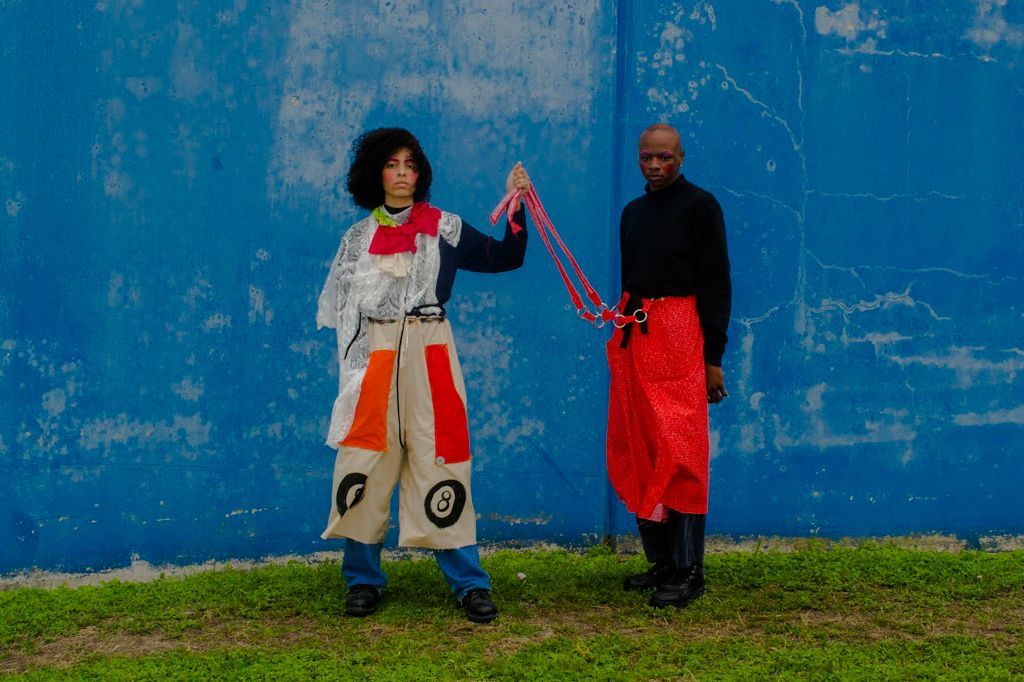
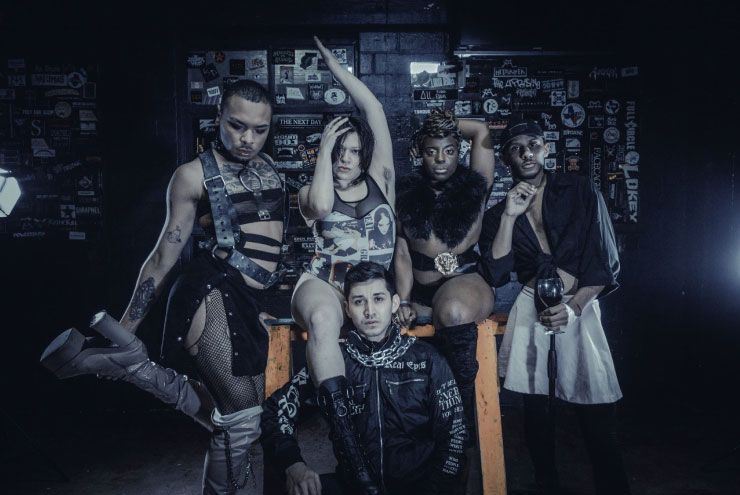
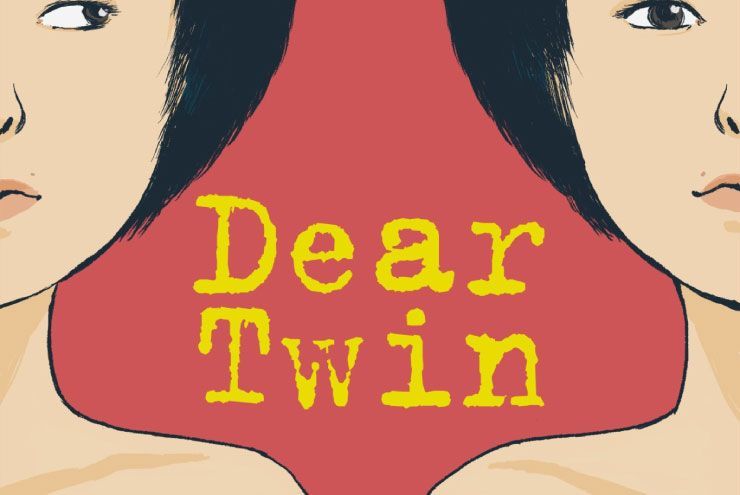


Mikkel Laird
April 5, 2018 at 3:13 PMThe most entertaining drag shows ever! So tired of the ones where they’re just doing the latest song or “Diva” music.